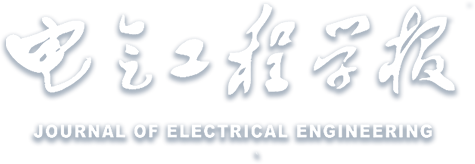混炼工艺对聚丙烯基绝缘材料的力学及电学性能研究*
Study on the Mechanical and Electrical Properties of Polypropylene-based Insulating Materials by Mixing Process
-
摘要: 选用聚丙烯(PP)为基体材料,乙烯-辛烯共聚物(POE)弹性体和苯乙烯-乙烯/丁烯-苯乙烯三嵌段共聚物(SEBS)为增韧改性填料,应用双螺杆挤出机与转矩流变仪两种混炼方式制备了弹性体/聚丙烯复合材料。研究表明,与纯PP相比,弹性体/聚丙烯复合材料机械韧性得到改善,但材料耐电强度降低,空间电荷增多。其中,SEBS/PP复合材料的力学性能和耐电强度均优于POE/PP体系。混炼工艺对材料的性能影响较为明显,由于双螺杆的切应力更强,所制复合材料中弹性体分布更均匀,耐电强度更高。但较强的切应力也使PP大分子链降解,导致空间电荷积聚增多。Abstract: Use polypropylene(PP) as the matrix, ethylene-octene copolymer(POE) elastomer and styrene-ethylene/butylene-styrene triblock copolymer(SEBS) as fillers, the elastomer/polypropylene composite is prepared by two mixing methods of twin screw extruder and torque rheometer. Studies show that the mechanical toughness of elastomer/polypropylene composites is improved compared to pure PP, but the electrical strength of the material reduces, and the accumulation of space charges increases. Among them, SEBS/PP composites have the best mechanical toughness and the highest electrical strength. The shear stress of the twin screw is stronger, so the material elastomer prepared by its mixing is more uniform, the crystallinity increases, and the electric strength increases. But at the same time, stronger shear stress will also degrade PP macromolecular chains, leading to increased space charge accumulation.


 下载:
下载: